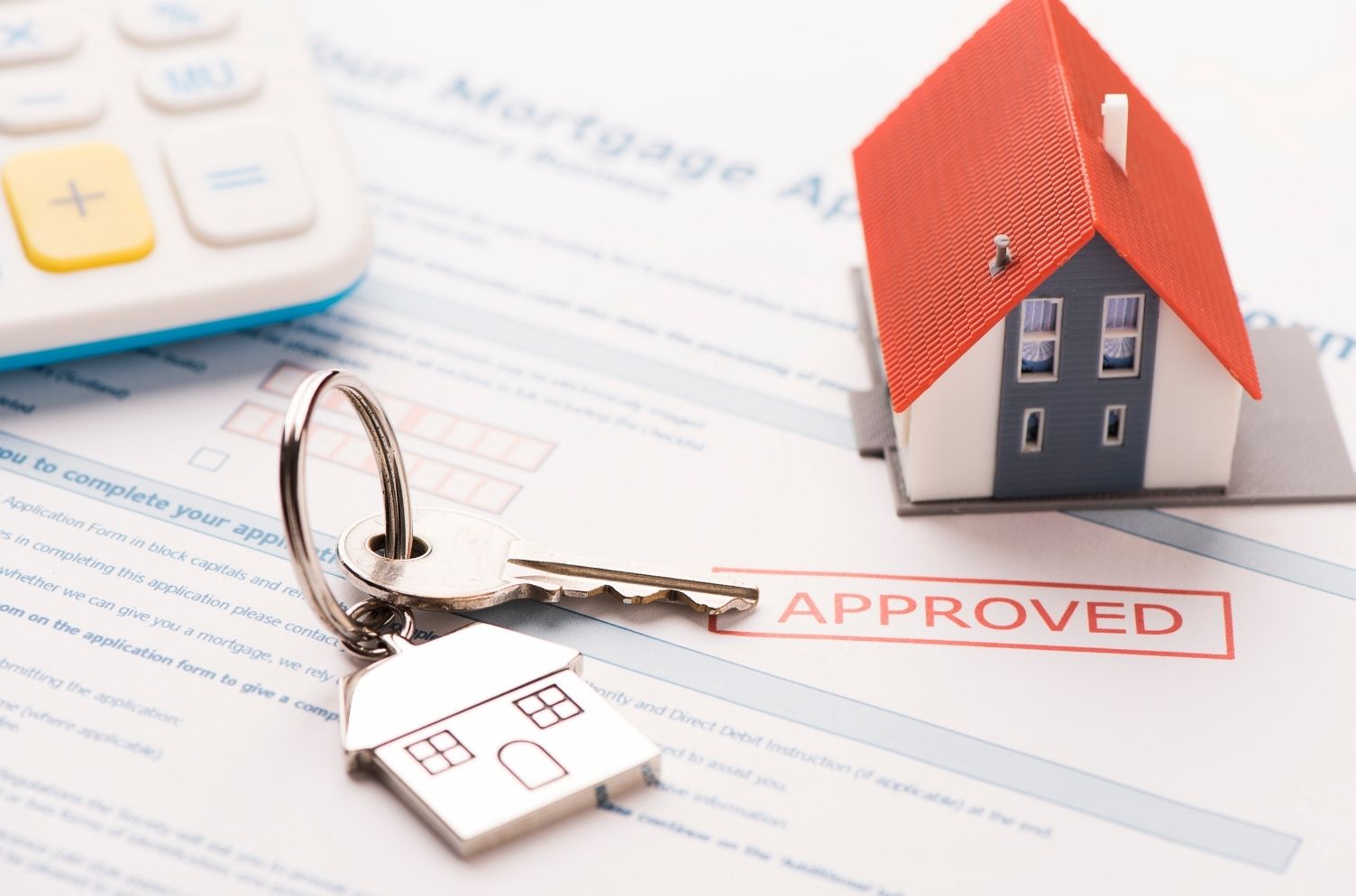How is the Green Homes Grant Extension Beneficial to UK Property Landlords?

The Green Homes Grant was announced earlier this year, alongside a raft of changes to tax allowances, Stamp Duty rates, and electrical safety rules.
While it may be challenging to keep up to date with new regulations, there is a positive here, in that the grant may provide a significantly cheaper way to improve your property portfolio.
Now the Green Homes Grant has been extended for a full additional year, meaning that British property owners can apply for financial support through a voucher scheme to enable them to carry out energy efficiency improvements.
Let's look at what this means, how the scheme works, and why it is well worth considering.

Image Credits PXFuel
The Green Homes Grant for Property Investors
This scheme is valued at £2 billion, and is intended to provide a benefit to UK property and trade sectors in several ways:
- Discounted works should drive up energy improvement projects, and thus increase demand for tradespeople in the property sector - the anticipated impact is the creation of 100,000 new jobs.
- Homes on the private rental market will be improved, and reduce energy bills by making it more affordable for landlords to carry out upgrades. The government estimates a reduction of £600 per year, per household in heating costs.
- Energy efficiency makes a property cheaper to heat, but also more environmentally friendly in the long-term, with low-carbon heating options and long-term sustainable heating solutions favoured.
While the key takeaways are about jobs, employment and quality of living, this scheme is also aligned with the government's Green Industrial Revolution plan. So there's a bigger picture that sits behind this attractive voucher scheme.
What Property Upgrades are Eligible for a Green Homes Grant?
There are multiple types of work that are eligible; in essence, anything that improves the insulation or heating efficiency of a property.
Eligible applications must cover at least one 'primary measure' and any number of secondary measures.
Primary measures include:
- Wall insulation - for solid walls, internal or external, and cavity walls.
- Floor insulation - both under solid and suspended floors.
- Roof insulation - including lofts, flat roofs, pitched roofs and rooms in roof spaces.
- Installing low carbon heat solutions, including air source and ground source heat pumps, solar thermal heaters, biomass boilers and hybrid heat pumps.
Secondary measures may all be included on a Green Homes Grant application - although an application without at least one primary measure will not be approved. Secondary measures include:
- Replacing windows and doors with draught-proofing, replacing single glazing with double or triple glazing, installing secondary glazing, or upgrading to energy-efficient doors.
- Installing low-energy water heating, including hot water tank thermostats and insulation, and heating controls, including smart controls, thermostats, and thermostatic radiator valves.
Vouchers may be used to cover any aspect of the work, including the cost of labour, buying materials, and any VAT levied on those expenses.
As a landlord, this presents multiple opportunities.
- Residences with a higher EPC rating are easier to let, and command a higher rental price, since they are efficient, cheaper to run, and less costly to heat.
- From 2025, it is likely that buy to let properties must reach a minimum EPC rating threshold of C (currently D), in which case this scheme offers a cheaper way to reach those requirements well in advance of new regulations.
- New portfolio acquisitions can be upgraded and improved, immediately raising the property value, and replacing older glazing and doors with contemporary, energy-efficient materials at a significantly reduced cost.
- Existing tenants are likely to welcome improvements made to their home, with options such as replacing tired boilers with upgraded, faster and cheaper water and home heating solutions.
So - how do you apply, how much funding support can you get, and how quickly do you need to move?
Applying for a Green Homes Grant for an Investment Property
The scheme will fund works up to two-thirds of the cost, or a maximum of £5,000 - you'll need to demonstrate that the work is specifically related to energy saving.
Initially, applications were accepted from 30th September 2020, for both homeowners and landlords. Still, the initial six-month deadline swiftly became unrealistic, given the volume of applications, and the complications of lockdowns and movement restrictions, meaning that most projects could not feasibly be completed by 31st March 2021.
Given the popularity of the scheme and the need for additional time for projects to be completed, landlords may now apply for works to be completed by 31st March 2022.
Eligible applicants include:
- Property owners, including shared ownership.
- Residential landlords in either private or social rental sectors.
New build homes are not eligible; given that these properties should already be compliant with regulations and best practice around energy-efficient construction techniques.
Your tradesperson will need to be registered as a Green Homes Grant Installer. So even if you tend to carry out work on your own properties, or have a preferred contractor, you will need to use the vouchers towards payment of an approved tradesperson.
Contractors can also apply to become recognised as a Green Homes Grant Installer, provided they are certified to install energy-efficient appliances to one of the below three Publicly Available Specification standards (PAS):
- PAS 2030:2017
- PAS 2030:2019
- PAS 2035:2019
Funding is released in the form of vouchers, up to two-thirds of the cost of the eligible works, with a maximum contribution of £5,000.
I.e. If you wish to replace a non-efficient boiler, and install new roof insulation in a rental property at the cost of £12,000, you can apply for £5,000.
You can apply online, and should first:
- Decide what works you wish to carry out.
- Obtain three quotes from registered Green Homes Installers.
- Combine multiple works on one application (a separate voucher is issued for each aspect).
The installer must be named on the application, as vouchers are explicitly issued for redemption with that installer, and therefore cannot be transferred to another contractor.
Vouchers will be valid for three months from the date of issue, or until 31st March 2021 - whichever date falls first.
Therefore, it is essential to have your quotes ready, be able to proceed quickly with the work, and have the capacity within your rental properties for the improvements to complete before the three-month validity deadline expires.
We hope this summary of the Green Homes Grant, and why it is well worth consideration for UK landlords, is useful!
For more information about funding opportunities, forthcoming landlord regulations, and ways to improve the value of your property portfolio, visit the Revolution Brokers Blogs and Guides pages for insights, advice, and expert guidance.
Contact us now to discuss your personal options, Revolution Finance Brokers specialise in commercial and residential finance in Essex, Kent, London and Hertfordshire.
Related Posts
Ask the Expert
Mortgage Brokers




